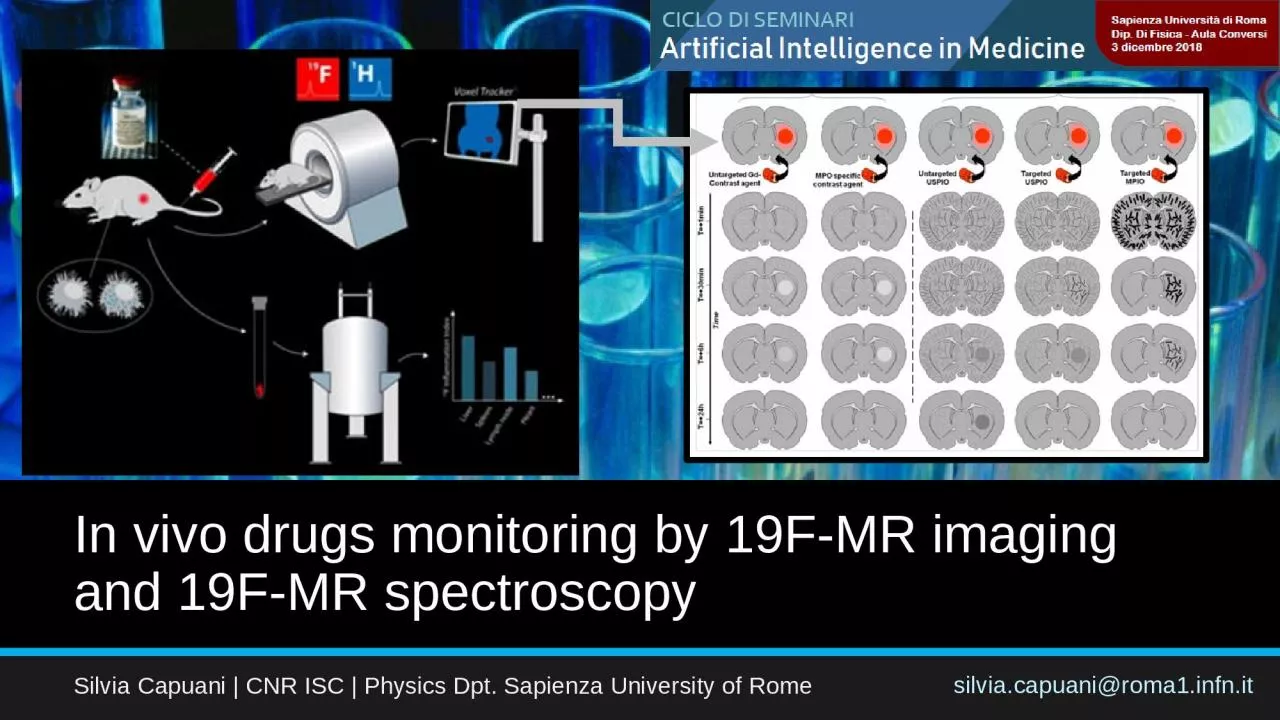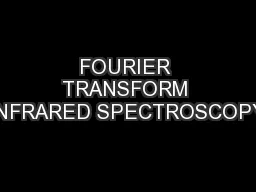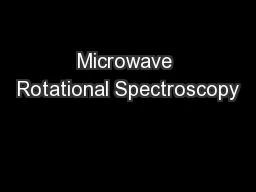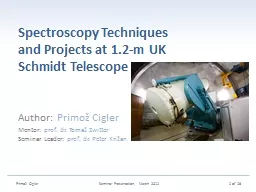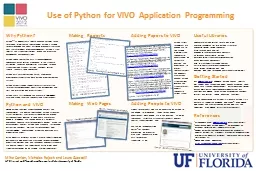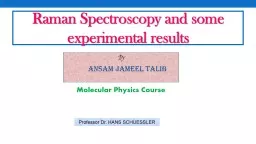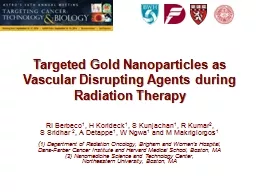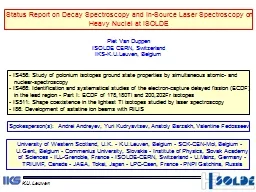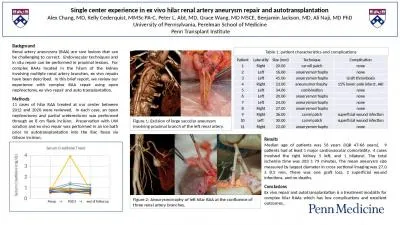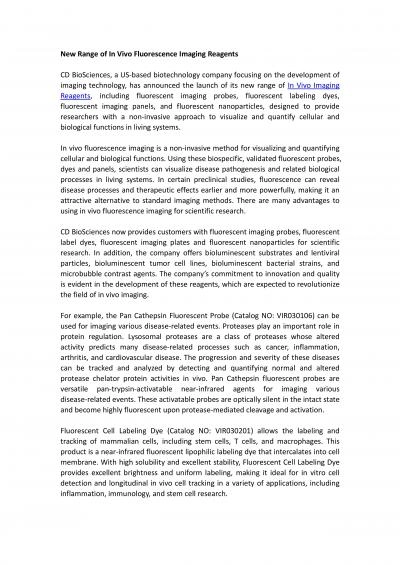PPT-In vivo drugs monitoring by 19F-MR imaging and 19F-MR spectroscopy
Author : StarDust | Published Date : 2022-08-03
Silvia Capuani CNR ISC Physics Dpt Sapienza University of Rome silviacapuaniroma1infnit Conventional magnetic resonance MR techniques are based on the
Presentation Embed Code
Download Presentation
Download Presentation The PPT/PDF document "In vivo drugs monitoring by 19F-MR imagi..." is the property of its rightful owner. Permission is granted to download and print the materials on this website for personal, non-commercial use only, and to display it on your personal computer provided you do not modify the materials and that you retain all copyright notices contained in the materials. By downloading content from our website, you accept the terms of this agreement.
In vivo drugs monitoring by 19F-MR imaging and 19F-MR spectroscopy: Transcript
Download Rules Of Document
"In vivo drugs monitoring by 19F-MR imaging and 19F-MR spectroscopy"The content belongs to its owner. You may download and print it for personal use, without modification, and keep all copyright notices. By downloading, you agree to these terms.
Related Documents

